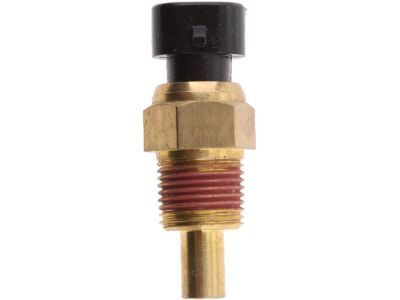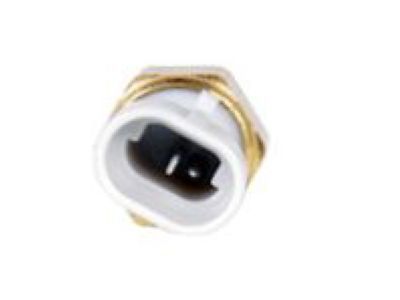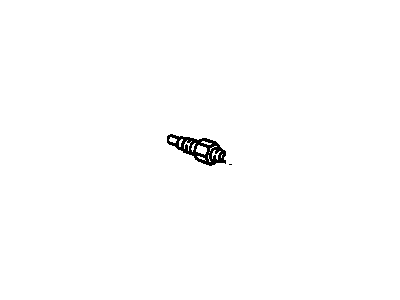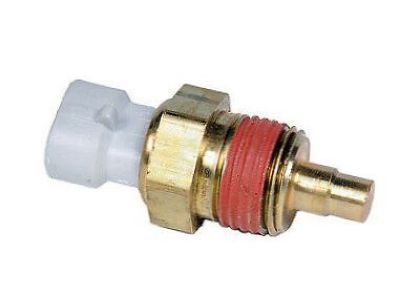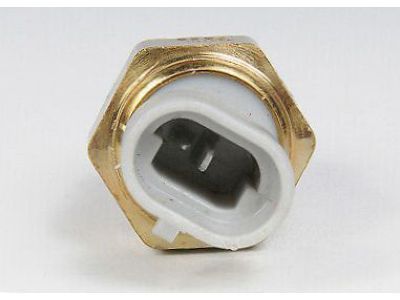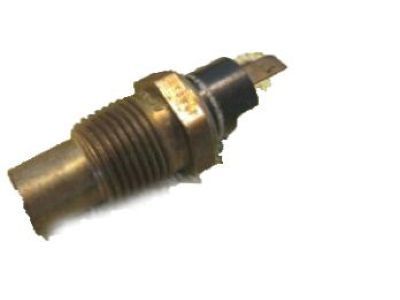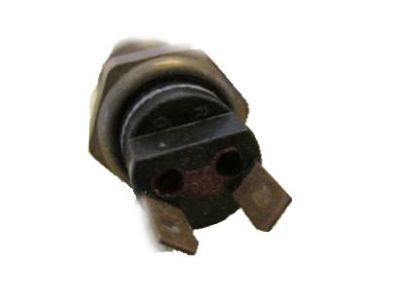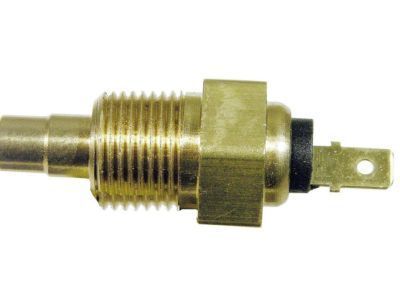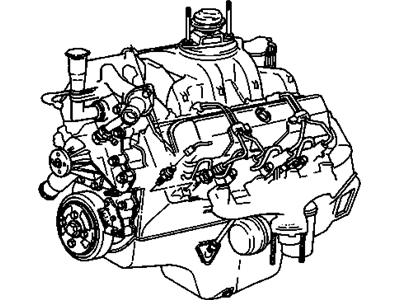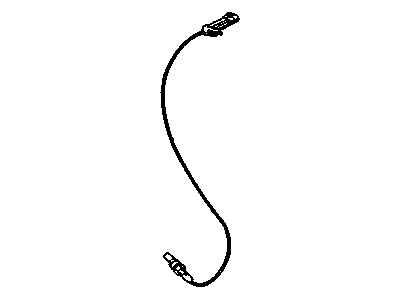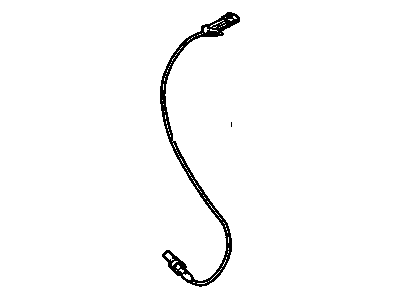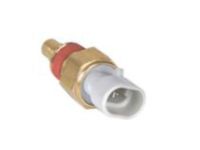
My Garage
My Account
Cart
Genuine Chevrolet C1500 Coolant Temperature Sensor
Coolant Water Temperature Sensor- Select Vehicle by Model
- Select Vehicle by VIN
Select Vehicle by Model
orMake
Model
Year
Select Vehicle by VIN
For the most accurate results, select vehicle by your VIN (Vehicle Identification Number).
11 Coolant Temperature Sensors found
Chevrolet C1500 Sensor,Engine Coolant Temperature
Part Number: 15326386$24.85 MSRP: $46.88You Save: $22.03 (47%)Ships in 1-3 Business DaysChevrolet C1500 Sensor,Engine Coolant Temperature Gage
Part Number: 25037332$41.03 MSRP: $77.42You Save: $36.39 (47%)Ships in 1 Business DayChevrolet C1500 Sensor,Engine Coolant Temperature Gage
Part Number: 25037333$34.30 MSRP: $69.98You Save: $35.68 (51%)Ships in 1-2 Business Days
Chevrolet C1500 Coolant Temperature Sensor
In Chevrolet C1500 cars, the Coolant Temperature Sensor is an essential gadget as it is. This type of sensor offers actual time temperature details which helps to monitor and maintain the engine performance and productivity. In C1500 different kinds of Coolant Temperature Sensors have been used over the years, including those that serve the same purpose but may be otherwise different in terms of their construction or technology. These variations may be in sensitivity to these signals or response time to these signals hence leading to a compromise of the overall control of the engine. The primary goal remains consistent: in order to support the optimal operation of an engine a correct temperature should be displayed.
Each OEM Chevrolet C1500 Coolant Temperature Sensor we offer is competitively priced and comes with the assurance of the manufacturer's warranty for the part. Furthermore, we guarantee the speedy delivery of your orders right to your doorstep. Our hassle-free return policy is also in place for your peace of mind.
Chevrolet C1500 Coolant Temperature Sensor Parts Questions & Experts Answers
- Q: What is the purpose of the Coolant Temperature Sensor on Chevrolet C1500?A:The Engine Coolant Temperature (ECT) sensor is a thermistor, a resistor which varies the value of its resistance in accordance with temperature changes. The change in the resistance values will directly affect the voltage signal from the sensor to the ECM/PCM. As the sensor temperature increases, the resistance values will decrease and vice versa. Performing the following test will set a diagnostic trouble code and illuminate the Service Engine Soon light. Clear the diagnostic trouble code after performing the tests and making the necessary repairs. The engine coolant temperature sensor threads into a coolant passage at the front of the engine near the thermostat housing. Check the terminals in the connector and the wires leading to the sensor for looseness and breaks. Repair as required. Before checking the engine coolant temperature sensor, check the voltage supply and ground circuits from the ECM/PCM. Disconnect the electrical connector from the engine coolant temperature sensor and connect a voltmeter to the two terminals of the harness connector. Turn the ignition key On-the voltage should read approximately 5.0 volts. If the voltage is incorrect, check the wiring from the engine coolant temperature sensor to the ECM/PCM. If the circuits are good, have the ECM/PCM checked at a dealer service department or other properly equipped repair facility. With the ignition switch OFF, disconnect the electrical connector from the engine coolant temperature sensor. Using an ohmmeter, measure the resistance between the two terminals on the sensor while it is completely cold. Reconnect the electrical connector to the sensor, start the engine and warm it up until it reaches operating temperature, disconnect the connector and check the resistance again. Compare your measurements to the resistance chart. If the sensor resistance test results are incorrect, replace the engine coolant temperature sensor. A more accurate check may be performed by removing the sensor and suspending the tip of the sensor in a container of water. Heat the water on the stove while you monitor the resistance of the sensor. Wait until the engine is completely cool before beginning this procedure. Drain the cooling system. Disconnect the electrical connector from the sensor and carefully unscrew the sensor. Before installing the new sensor, wrap the threads with Teflon sealing tape to prevent leakage and thread corrosion. Installation is the reverse of removal.
Related Chevrolet C1500 Parts
Browse by Year
1999 Coolant Temperature Sensor 1998 Coolant Temperature Sensor 1997 Coolant Temperature Sensor 1996 Coolant Temperature Sensor 1995 Coolant Temperature Sensor 1994 Coolant Temperature Sensor 1993 Coolant Temperature Sensor 1992 Coolant Temperature Sensor 1991 Coolant Temperature Sensor 1990 Coolant Temperature Sensor 1989 Coolant Temperature Sensor 1988 Coolant Temperature Sensor

